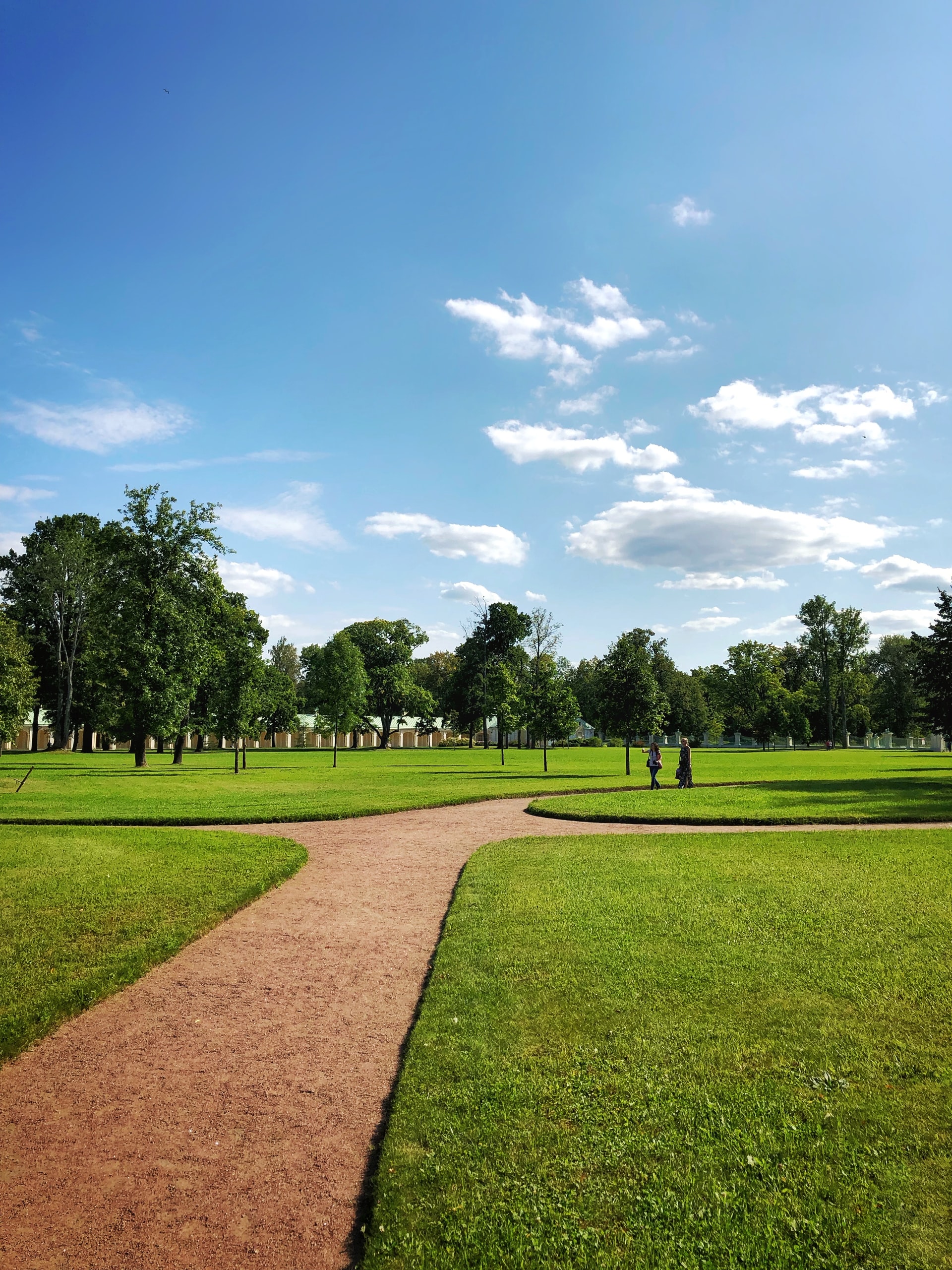SPARK – A Need for Social Science Parks
Despite decades of significant growth in social science expertise, research and data, some societal issues remain seemingly intractable. Instead of identifying solutions to many of our major societal issues, it could be argued that by advancing our understanding in these areas, we have simply begun to demonstrate the limitations of current social scientific enquiry and theories. This could be in part due to the nature of most social scientific enquiry – describing phenomenon, identifying issues and raising questions. It could also reflect the nature of an academic landscape that rewards writing for international academic audiences as opposed to local user audiences and prompts social scientists to ‘scale up’ their research within a highly competitive funding landscape.
Whether it is tackling rising mental ill-health amongst adolescents, encouraging sustainable behavior change, or addressing deep-rooted social and economic inequalities. These issues are complex, multi-faceted and ultimately situated. COVID-19 has made this very visible. Revealing just how limited previous attempts to tackle issues, such as inequalities and trust, have been – ‘sticking plasters’ over clearly deep-rooted problems. The priority to protect the population from the virus, particularly those most at risk of serious illness and death, at the expense of other aspects of daily life, has demonstrated how complex and interconnected seemingly simple social changes can be. Finally, as in the case of track and trace in the UK, it has been locally-organized and locally-informed approaches, with greater collaboration between local authorities and local health boards for example, that have performed better than more centralized approaches.

Social scientists everywhere have had a major role in helping governments, organizations, communities, families and individuals to address such challenges. It is right to acknowledge that a great deal has already been achieved. However, as Watts has argued, “at no point does the existing system for producing social scientific knowledge either facilitate or reward the activity of reconciling disparate frameworks”. As a result, the ability of the social sciences to deliver effective solutions to complex and multi-faceted challenges and in specific places and contexts has been seriously limited. Further, as the educationalist Dylan Wiliam famously states, “almost anything works somewhere, and nothing works everywhere”. Wiliam reminds us that understanding the conditions in which effective solutions occur is just as important as being able to describe the solution or phenomenon. To use an engineering analogy, no two bridges are constructed the same, yet every bridge is designed in only one of seven ways depending on the particular needs of that crossing. Theorizing the design principles to address a particular societal challenge and then equipping ‘local’ actors to be able to construct an effective solution based on these design principles would therefore be a more effective approach.
There are a number of ways to address these shortcomings, such as re-defining problems, working more closely with those that can enact change, translating research findings into solutions and, crucially, working across disciplinary boundaries. But all require a new way of working. That is why Cardiff University is investing over £60M in a new facility on the University’s city campus to house what will be the world’s first social science research park (SPARK). Designed to create a new community of researchers, policy-makers, practitioners, commercial organizations, NGOs and charities, SPARK will provide a new spatial meaning to interdisciplinary and collaborative working.
Instead of working within the traditional contours of academic departments researchers will be encouraged to work in ways that do not recognize disciplinary boundaries. The col-location of the University’s leading social science research centers and institutes, many of whom already work in interdisciplinary ways, will further advance that cause by identifying areas of common interest and concern and organizing their activities around societal challenges rather than fields of expertise.
Crucially, these ‘anchor’ centers have a proven track record in successful competitive research funding and significant experience in collaborating with the users of their research. This is important. In creating a social science research park we are not ‘starting from scratch’. Neither is this a venture to ‘prop up’ ailing social science research. Drawing upon and further enhancing existing expertise will be critical to its success. Learning from the past, listening to experience and reflecting on our successes and failures are all key ingredients to advancing the way we work. It is the social science way.

Hawkins\Brown, Wigwam Architectural Visualization of SPARK
But what will transform that working environment will be the co-location of a wide variety of public sector, private sector and third sector organizations inside SPARK. Some will be tenants of SPARK, moving some or all of their organization into SPARK. For others their involvement will be in the form of membership, giving their employees access to dedicated or co-working spaces. But what this should encourage is a move away from the traditional division of labor between research experts and research users towards a more integrated way of working, so that researchers and users are engaged in all aspects of the research and design process. All will have access to new state-of-the-art social science facilities, such as our visualization and behavioral labs, policy library and data hub. And just like most other science parks there will be dedicated staff inside SPARK to help broker relationships, support new collaborations and build communities of practice.
However, co-location is just part of the vision. Connectivity, community and culture are also central to SPARK’s goals. This requires finding new ways of working, typically outside the usual constraints of the university. Working closely with non-academic partners will help here too, learning from one another about how best to encourage creativity and innovation. But, it will also require creating an environment where common interests can develop and be encouraged, where residents are encouraged to contribute in social and civic ways, as well as in their professional capacities, in short a place for communities and local expertise to engage and find new ways of approaching old problems.
This will create a ‘safe space’ where dialogue between researchers, policy-makers and other stakeholders can take place freely and constructively. Hopefully it will also provide a welcome respite from the dominant, restricted and occasionally hostile modes of academic communication (peer review processes, advisory boards, social media, news media and funders’ meetings) that social scientists more commonly find themselves engaged in.
The space to challenge and critique one another is important for the successful design, conduct and use of our research, but a place of trust, understanding and mutual respect can make this even stronger.
SPARK is expected to open in Winter 2021.






























































































A commendable article and I am eagerly awaiting the emergence of SPARK. Most definitely, the social science, education and management disciplines ought to be focussed on establishing collaborations with community groups, schools and other organizations in an effort to resolve/reduce problems affecting these entities.In that regsrd, I have already developed several new theoretical perspectives, several new methodologies focussed on giving the social sciences a better edge for problem solving purposes. These articles have been compiled into a book manuscript which I am currently seeking to have published. Moreover, my research, teaching, administrative and community work has always had a problem… Read more »